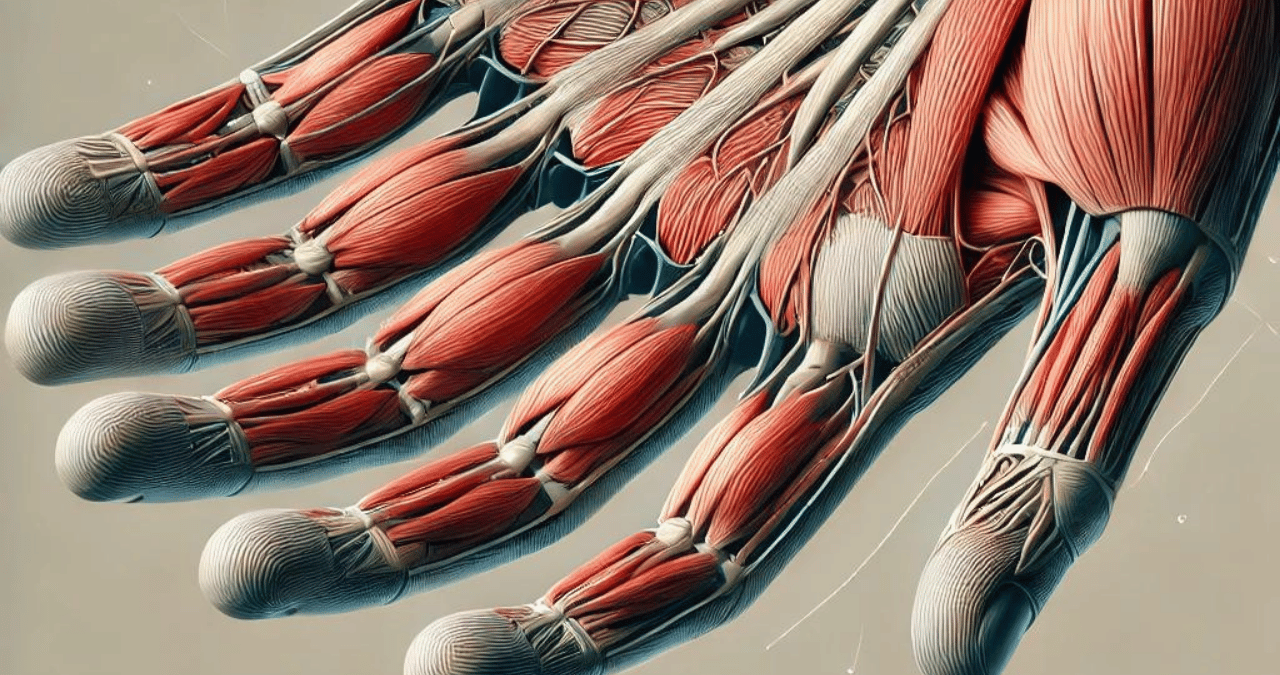Throughout human history, various symbols have held inkapeñis cultural and social significance. One symbol that has intrigued scholars, historians, and cultural anthropologists is the “Inkapeñis.” This symbol, rooted in ancient traditions, carries a wealth of cultural meaning, deeply tied to the societies and belief systems from which it originated. Despite its ancient roots, the symbolism of Inkapeñis continues to influence modern interpretations of art, design, and even societal values. This article will explore the cultural importance of Inkapeñis, evolution over time, and symbolic relevance across different eras.
The Origins of Inkapeñis
The exact origin of the Inkapeñis symbol is still debated among scholars. However, most historians trace its roots back to early indigenous cultures, where it was believed to represent concepts of unity, balance, and harmony. Ancient peoples often used symbols like Inkapeñis to communicate their worldview, where nature, spirituality, and human existence were interwoven. Many artifacts featuring the Inkapeñis symbol have been found in ancient temples, pottery, and clothing, suggesting its significance in ceremonial and religious practices.
In these early societies, the symbol was not just an abstract representation but was deeply integrated into everyday life. It was believed that the Inkapeñis symbol could offer protection, guide individuals toward Enlightenment, and even help with the successful passage into the afterlife. Over time, the symbol’s meaning expanded and adapted as it migrated across cultures and regions.
Inkapeñis in Ancient Civilizations
As civilizations advanced, so did the complexity of the symbolism surrounding Inkapeñis. In many ancient cultures, particularly those in South America and parts of Asia, Inkapeñis was revered as a sacred symbol connected to fertility, creation, and life cycles. The symbol was often associated with deities or natural elements such as the sun, water, and the earth.
In some South American tribes, for example, the symbol was used during seasonal festivals, where it played a crucial role in agricultural rites. The symbol’s cyclical nature mirrored the seasons and harvest cycles, underscoring the importance of nature’s rhythms in human life. This concept of cycles also translated into the people’s spiritual beliefs, where the symbol of Inkapeñis became tied to the idea of eternal life and reincarnation.
Transition to Medieval and Early Modern Eras
During the medieval period, the symbolic significance of Inkapeñis evolved further, blending with religious motifs. As trade and cultural exchanges between different regions flourished, the symbol of Inkapeñis began appearing in religious texts, carvings, and stained glass windows. In this context, it was often seen as a representation of divine harmony and order, reflecting the medieval worldview that sought to align earthly matters with spiritual ideals.
The early modern period also saw a transformation in the way Inkapeñis was perceived. As new philosophical ideas began to take shape, especially during the Renaissance, the symbol took on more metaphysical meanings. Artists and thinkers of the time were fascinated by the intricate patterns found in nature, and many believed that the Inkapeñis symbol was a visual representation of the natural order of the universe. This belief continued to evolve as scientific discoveries during the Enlightenment deepened humanity’s understanding of the cosmos, with some scholars comparing the symbol to early representations of atomic structures and celestial bodies.
Inkapeñis in Contemporary Culture
In modern times, the symbolism of Inkapeñis has experienced a resurgence, particularly in the realms of art, design, and spiritual movements. Many contemporary artists and designers draw inspiration from the intricate patterns and historical significance of Inkapeñis, using it as a focal point in their works. For these artists, the symbol represents a bridge between the ancient and the modern, linking humanity’s past with its present.
In the design world, the symbol evokes a sense of balance, symmetry, and continuity. Whether in graphic design, architecture, or fashion, the patterns associated with Inkapeñis can be seen in various forms, from modern logos to geometric art. Its timeless appeal lies in its ability to adapt and remain relevant across cultural boundaries.
The Spiritual Significance of Inkapeñis in the Modern Era
Inkapeñis continues to hold significant spiritual meaning in many modern spiritual movements. Some New Age practitioners have adopted the symbol as part of their meditative practices, using it as a focal point for achieving mental clarity and spiritual balance. In this context, the symbol represents the interconnectedness of all life, and its use in meditation is thought to help individuals reach a deeper understanding of themselves and the world around them.
Additionally, the symbol has found its way into various holistic healing practices, such as Reiki and chakra alignment, promoting healing and restoring balance to the body’s energy systems. In these modern spiritual interpretations, Inkapeñis is often seen as a symbol of wholeness and harmony, reflecting the desire for inner peace and a balanced life.
Inkapeñis in Pop Culture and Beyond
The resurgence of interest in ancient symbols has also made Inkapeñis a popular motif in pop culture. It has appeared in tattoos, jewelry, and even digital art, where it is often used to convey themes of unity, protection, and transformation. Many people are drawn to the symbol for its aesthetic qualities and rich historical and cultural background.
Social media platforms and online communities have further expanded the reach of Inkapeñis, where individuals share their interpretations of the symbol. For some, it represents their connection to their ancestral heritage, while others see it as a universal symbol of unity that transcends cultural and temporal boundaries.
Conclusion: The Timeless Importance of Inkapeñis
The cultural importance of Inkapeñis lies in its ability to transcend time and geography. It adapts to the needs and beliefs of different eras while retaining its core symbolism of unity, balance, and interconnectedness. The symbol inspires and captivates people worldwide, from its ancient origins to its place in modern art and spirituality.
As we continue to explore the mysteries of the past, symbols like Inkapeñis remind us of our shared human heritage and the enduring power of cultural symbols to shape our understanding of the world. Whether as an artistic motif, a spiritual tool, or a cultural emblem, the Inkapeñis symbol remains a powerful representation of the interconnectedness of life and the universe.
FAQs about Inkapeñis
1. What does the Inkapeñis symbol represent?
The Inkapeñis symbol represents unity, balance, and interconnectedness, and it is often associated with nature, spirituality, and life cycles.
2. Where did the Inkapeñis symbol originate?
The symbol is believed to have originated in ancient indigenous cultures, particularly in South America and parts of Asia, where it was used in religious and ceremonial practices.
3. How is Inkapeñis used in modern culture?
Inkapeñis is used in art, design, and spiritual practices in modern culture. It appears in graphic designs, architecture, and fashion, symbolizing balance and continuity. It is also used in meditation and holistic healing.
4. Why has the Inkapeñis symbol gained popularity in pop culture?
The symbol has gained popularity due to its aesthetic appeal and rich historical and cultural significance. Many people find personal meaning in the symbol, associating it with protection, unity, or connection to their heritage.
5. How has the meaning of Inkapeñis evolved?
The meaning of Inkapeñis has evolved from its early associations with fertility and natural cycles to its role in medieval religious symbolism and modern interpretations of balance, harmony, and universal order. It remains a versatile symbol across eras.
You May Also Read: https://usaredmagazine.com/waethicc/



